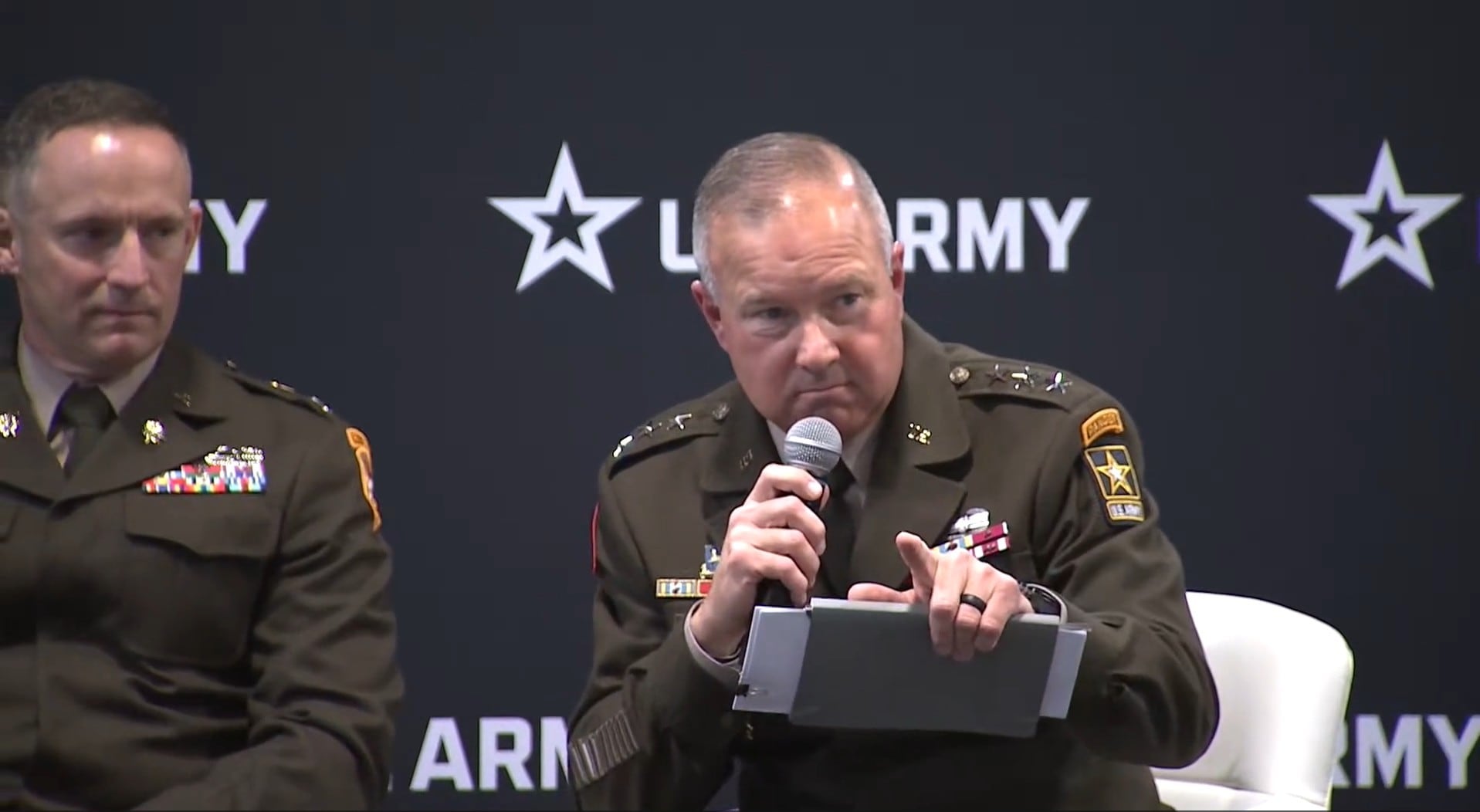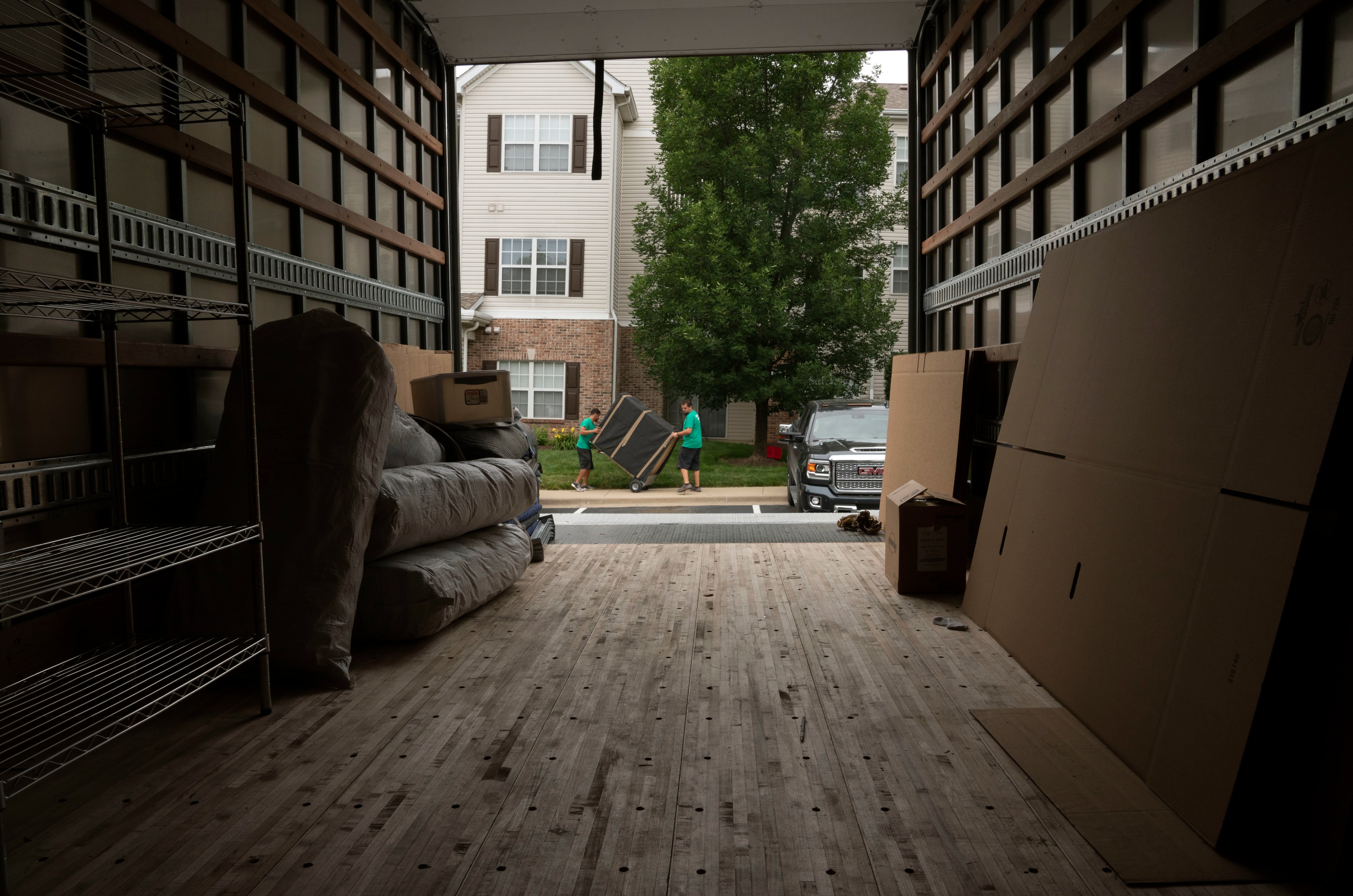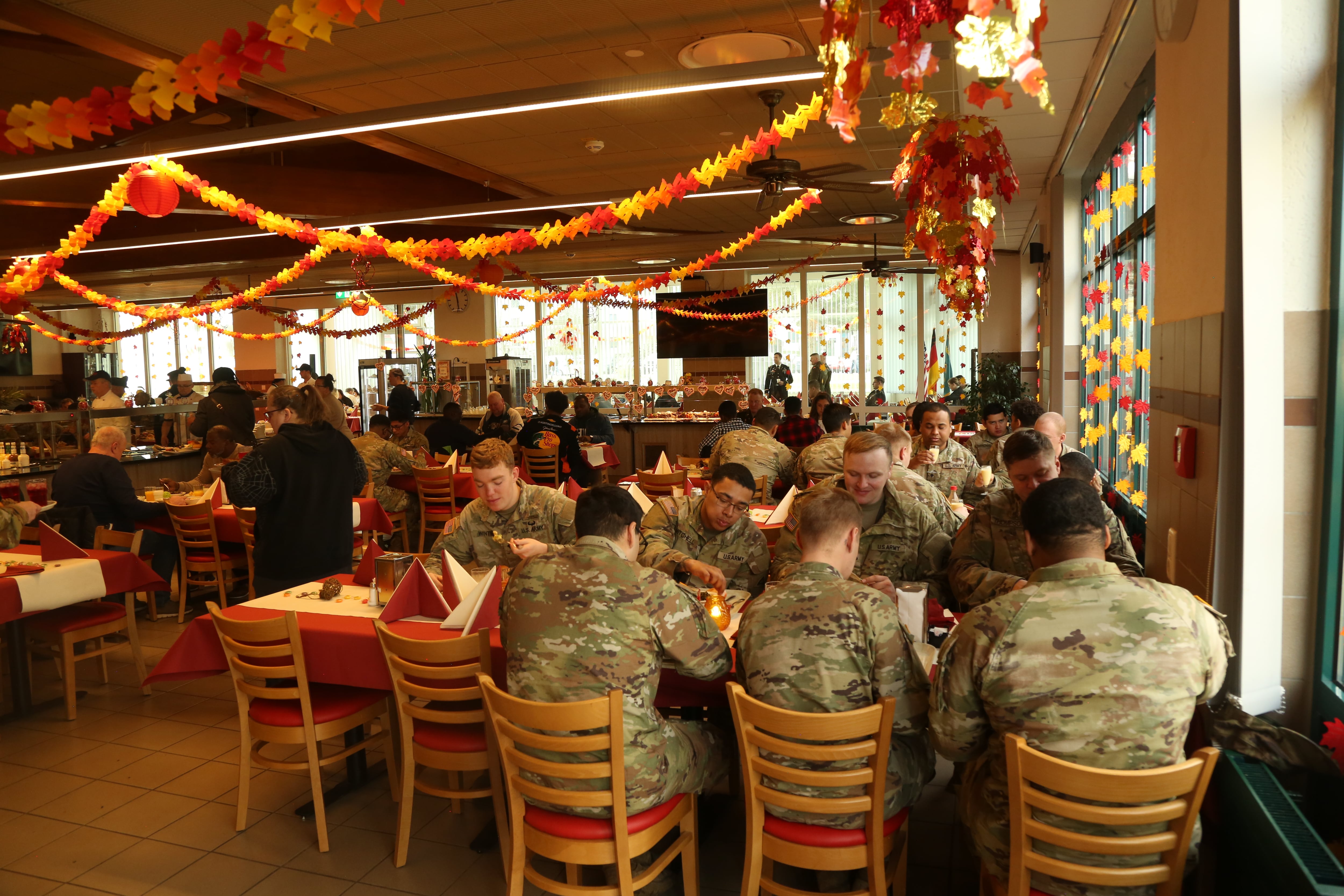WASHINGTON – The building program of the Navy’s Virginia-class submarines has an outstanding reputation, both for keeping to cost and for on-time delivery. There’s even a modest competition between the two shipyards that build the subs to see who can shave off more time of the contractual delivery date.
Bets are off, however, for the North Dakota, the 11th and newest unit of the class. The submarine is the first of the Block III version, with the most significant design changes to date — that led to delays that were acknowledged in the spring. The Navy hoped to continue the march of early deliveries and begin the sub's first round of sea trials in mid-April, but it was apparent more time was needed to resolve a number of problems.
The North Dakota finally pushed off Aug. 3 from the General Dynamics Electric Boat yard in Groton, Connecticut, and successfully ran two days of Alpha trials. After one night in port, the boat left again on Aug. 6 to carry out Bravo trials. With no major issues encountered so far, the program expects to complete Navy acceptance trials in the latter half of August, all in time to make the contract delivery date of Aug. 31.
"It was pretty much a two-month delay to uphold our high standard of quality," Capt. Dave Goggins, program manager for the Virginia-class submarines at the Naval Sea Systems Command, said in an Aug. 8 interview.
"We needed to do additional design work on the submarine's bow," Goggins said, and address material issues with certain "vendor-assembled and delivered components."
About 20 percent of the submarine was redesigned for the Block III variant, much of it focused on a major redesign of the bow. Gone are 12 individual Tomahawk cruise-missile launch tubes, replaced by two large Virginia Payload Tubes (VPT) able to hold not only T-hawks, but also a variety of other weapons, sensors and vehicles. Also, a new Large Aperture Bow array is installed in place of the spherical acoustic array previously fitted.
Goggins declined to name the vendor, citing an ongoing investigation, but he detailed some of the problem areas.
"We had 63 components delivered by a vendor that are critical to the operation of the submarine," he said. "Stern planes, rudder rams, retractable bow plane cylinders, hydraulic components, high-pressure manifolds — these are key systems for the submarines."
As a result, the North Dakota went back into dry dock on April 21. More testing was needed after the sub was re-floated on June 18.
Bu the extra time seems to have paid off.
"The submarine performed superbly" on Alpha trials, Goggins said. Tests included submerging for the first time, carrying out a series of high-speed runs, and testing the propulsion plant.
The Bravo trials — incomplete as he talked — "are reported to be doing very well," with tests of the combat systems, ship control and auxiliary systems, and of the photonics masts.
Despite the additional work and delays, Goggins declared the submarine would be delivered "within budget," with a construction span of 66 months.
That compares with 63 months for the Minnesota, the previous, Block II submarine — a group which had an average construction period of 74 months. The difference between the North Dakota and Minnesota, Goggins noted, "is mainly due to this vendor quality issue."
The schedule will pick up again with the next submarine, the John Warner.
"There was no impact to schedule on the John Warner due to this vendor quality issue at all," Goggins said. The sub is on track for a March 2015 delivery, he said, corresponding to a 60-month construction period. The John Warner's contract delivery date is Aug. 31, 2015.
Goggins praised shipbuilders Electric Boat and Huntington Ingalls Newport News Shipbuilding for their efforts on the program.
"It's a great team arrangement with EB and Newport News," he said. "Each yard had people in the other yard," and lessons learned from the experience with the North Dakota already have been fed into subsequent boats.
The shipyards split work on the submarines on a 50-50 share basis. Each yard builds specific sections — Newport News builds the bow section for each sub — and they alternate in assembling and completing the boats. So, while EB will deliver the North Dakota, Newport News will complete the John Warner.
Goggins also noted that the post-delivery schedule for Block III submarines will be significantly different than earlier Virginia-class subs. After delivery, about 25 months of additional work and testing was needed for those submarines before they were turned over to the fleet to begin deployment workups. A key element in that time span was the need to dry dock the ships and carry out modernization work during a post-shakedown availability (PSA).
But "for Block 3 and out, the plan is 12 months or less," Goggins said.
"The post-completion modernization work is basically being done up front now," he said. "The PSA will be waterborne" — no dry docking necessary — "more like a traditional PSA."
The Navy plans to build eight Block III submarines, all funded with monies approved from 2009 to 2013.
Ten Block IV boats are planned, to be funded from 2014 through 2018, with design changes that focus on a reduction in operating and support costs.
The proposed Block V boats could feature the most radical design change yet, with a hull extension fitted amidships to carry four more VPT tubes. A decision on that configuration has yet to be made.
Meanwhile, preparations are continuing for the North Dakota's commissioning ceremony in Groton on Oct. 25.





